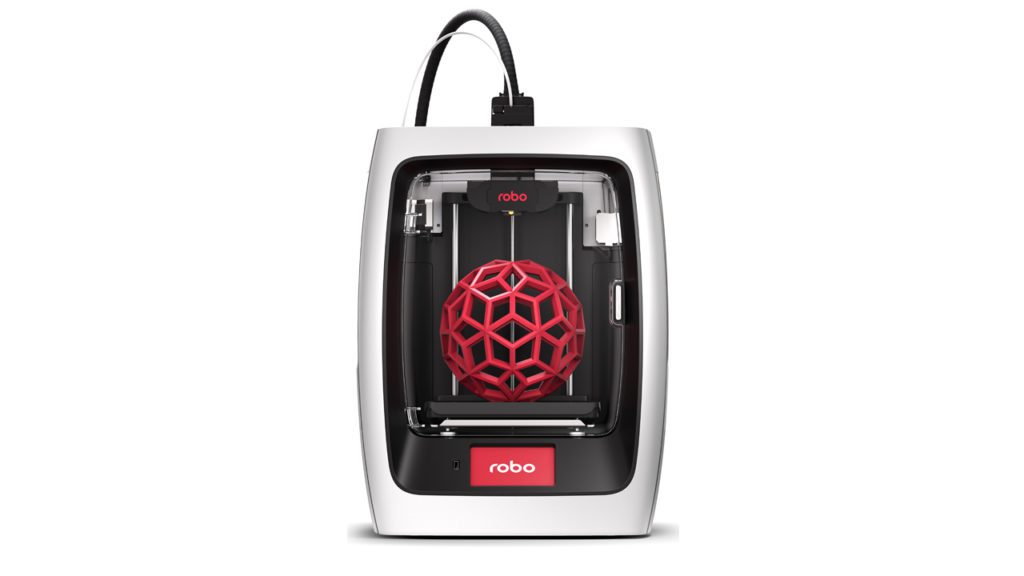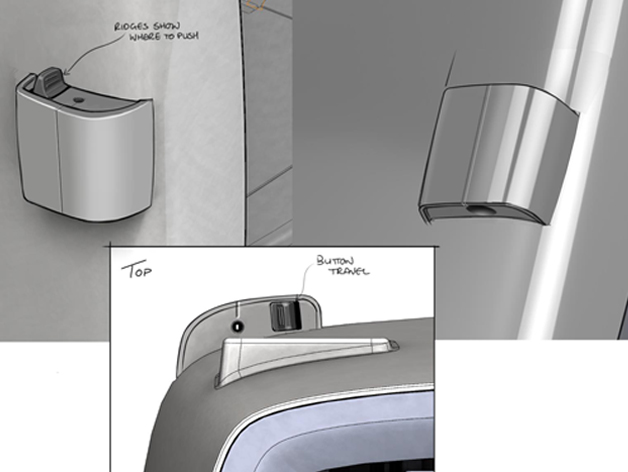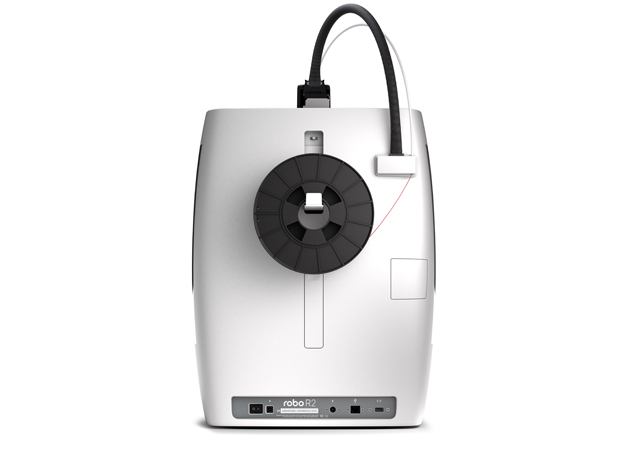compact 3D printers
3D printers are loved by hacker, geek and DIY communities but people need specialised skills to use them. Robo3D needed a new product range of 3D printers to capitalise on the success of their first-generation product – the R1 Model. The R1 printer was functionally very good, but lacked advanced features like direct USB input, dual extrusion capability, portability and lacked aesthetic and consumer appeal.
Duration
2 years
industry
- consumer
expertise
- industrial design
- mechanical engineering
Recognition
Good Design Award, CES Innovation Award

We worked with Robo3D’s management team and their VP of Engineering to develop a new product range to address these issues. outerspace transformed Robo’s industrial looking compact printers, into more appealing, affordable 3D printer appliances for domestic consumers, wanting to make their own objects and products at home, at school or in their workplace.


Robo3D had a clear idea of the features they wanted in the new printer family – dual extrusion, touch screen functionality, heated print bed and live camera monitoring through their software and app. They also wanted a complete departure from the aesthetics and mechanics of their existing R1 product.



outerspace defined the product architecture, mechanical structure and production methodology that could be scaled up from the smaller C2 to the largest R2. As the size increased, more advanced features could be added in stages as engineering and design knowledge increased alongside the development. This minimised overall development time between models and decreased overall risk by capitalising on knowledge gained from previous stages.




We designed components to be modular and interchangeable between models in the product family. This required significant long-term forecasting of the development process to make sure future product families would support universal modules.

outerspace used comparative Static and Dynamic FEA studies to determine if designs were suitable for the smaller C2, and the larger R2 to be designed later in the project. This increased the workload early in the project, but dramatically decreased the lead time to production later, knowing the mechanical risks had been addressed.


outerspace designed formatted and transformed the printers to look at home, in the home, school or office and moved the printer aesthetic away from appealing to the ‘geeky hacker’ market to a consumer market. The C2 and R2 represent a maturing of the brand for Robo.
Decisions regarding manufacturing partners and tooling requirements were critical in expediting the overall project to large scale production. We had significant input in these factors including a change of contract manufacturer, streamlining packaging development to align with product delivery, helping to validate potential vendors and ultimately assisting in setting up new manufacturing capabilities with a new partner.


outerspace supported the set-up of new testing, validation and quality control procedures. We worked closely with Robo3D to implement procedures – in-factory troubleshooting, mechanical adjustment post-assembly, serialisation of product, and integrating serial numbers with a database to live track issues over time.
C2 and R2 have class leading speed. Older models print at 70mm per second. C2 and R2 print 4-5 times faster than this. C2 and R2 are structurally stronger to enable this.
We designed C2 and R2 to be customisable and upgradable, making them the most versatile in the Robo range.


We designed a hatch in the base for easy access to the electronics, made the extruder very accessible and easy to change and replacing spare parts and servicing easy.
The user interface is designed from the ground up to be used from a mobile device with no need to sit down in front of a desktop PC to carefully prepare your model for printing. The mobile device app is designed to work directly with online sources of 3D print models and seamlessly deliver these to the C2 or R2 printer, making workflow streamlined. Robo C2 and R2 are also designed to be easy and safe to use in the classroom and in small offices.


We engineered the Robo C2 and R2 to have lower power requirements and run on a 90 -100 watt power pack, the same as a laptop computer.

Managing Director, Comtruk





